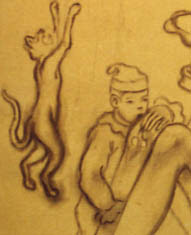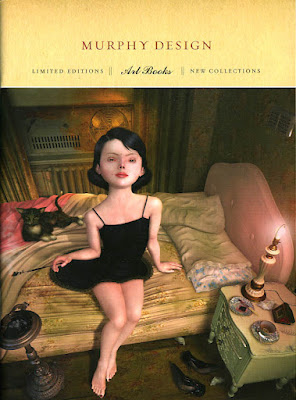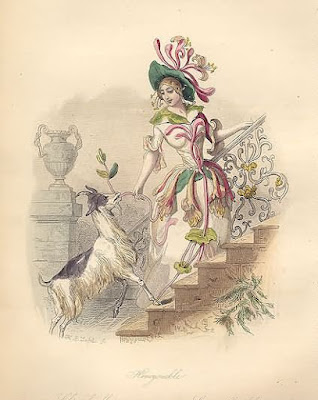 Adding another color to "Honeybee" by Amy Crehore
Adding another color to "Honeybee" by Amy Crehore
I decided that I wanted to add more color and elements to the composition, so I took my cadmium red light and made some red accents. I put some pink flowers in and added some dots on the tent, to echo the shape of the banjo ukulele. As I go along, I am also adding more layers of paint to everything. The only way to end up with a really rich effect in the final version is to keep on adding paint.
I use a dozen or so brushes at a time, all different - red sables and bristle brushes- all sizes and shapes. I can load different paint colors on them and not worry about cleaning them until the end of a session. My extra fine Holbein oil paints are really smooth like butter and Winsor & Newton Liquin is my medium of choice.
These paintings don't all go smoothly and I may have difficulty on certain areas. Often, I make up things as I go along. If I want to change a color, I will just paint over it or I may even sand it down and try again, like on a face.
Scanning the different steps is actually helping me out - I've never done this before. It's easy to "lose" what's underneath sometimes and, this way, I can go back and check my initial painted sketch.
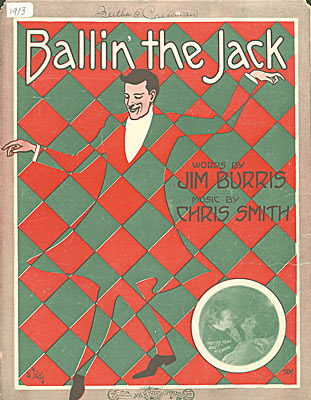
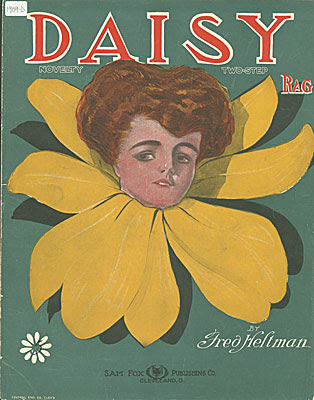
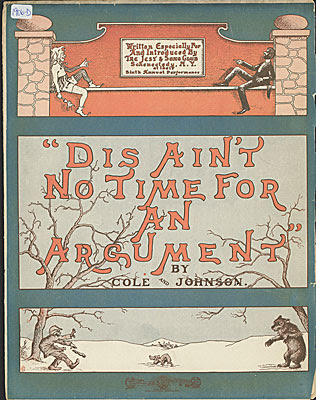
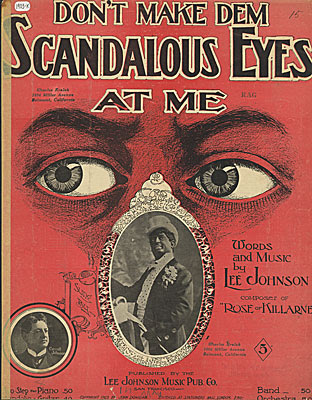
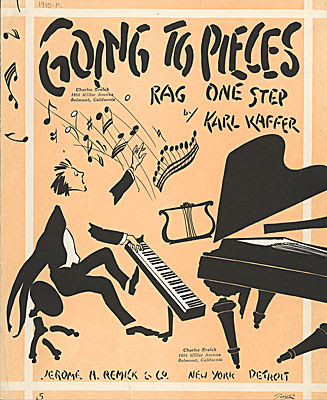 I have a tendency to use blues or rag song titles for the titles of my paintings. Most often I just make them up, but sometimes I am inspired by the real thing. There is a large collection of vintage sheet music covers in the University of Colorado digital library. They are appealing not only for the poetic quality of the song titles, but for the design quality of the artwork and hand-lettering as well. Here, I have shown a selection from 1903-1915.
I have a tendency to use blues or rag song titles for the titles of my paintings. Most often I just make them up, but sometimes I am inspired by the real thing. There is a large collection of vintage sheet music covers in the University of Colorado digital library. They are appealing not only for the poetic quality of the song titles, but for the design quality of the artwork and hand-lettering as well. Here, I have shown a selection from 1903-1915.